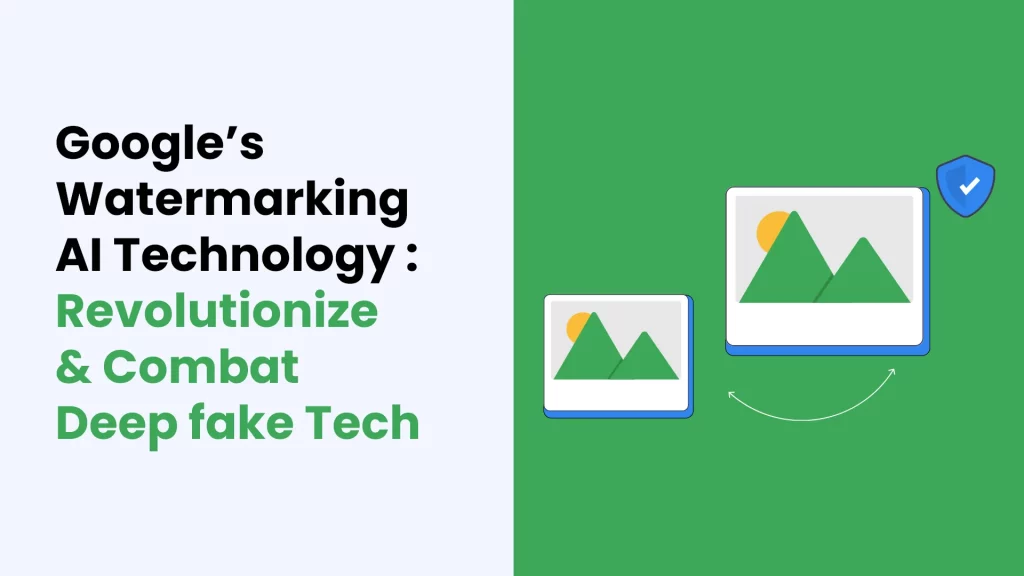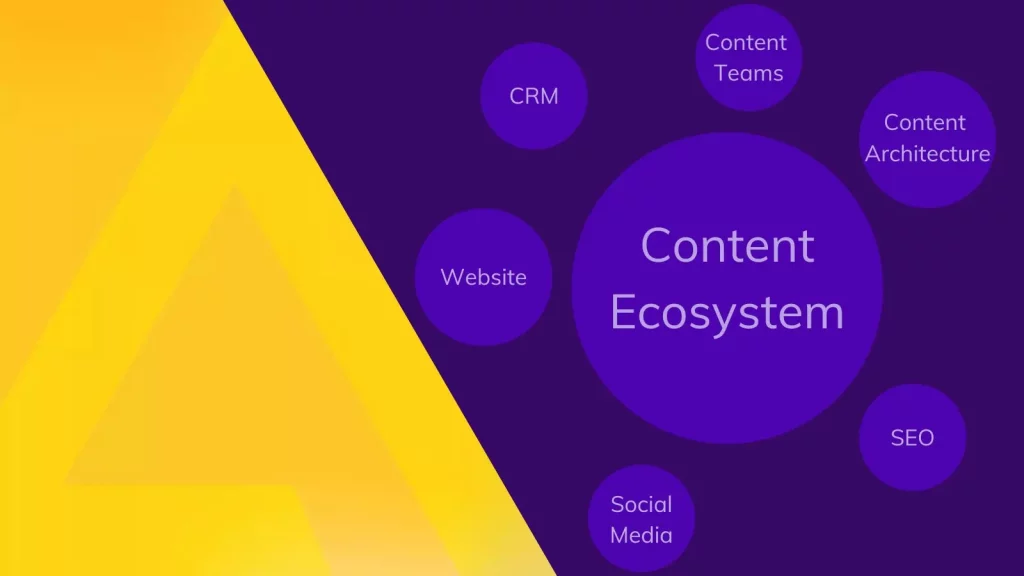In the ever-evolving landscape of digital media, the issue of content ownership and protection has long been a pressing concern. The advent of the internet has made it easier than ever to share, distribute, and even replicate digital content, often without the consent or knowledge of the original creators. This has led to a growing need for effective measures to safeguard intellectual property and ensure the integrity of digital assets.
Enter Google’s latest innovation: a new watermarking technology that aims to revolutionize the way we approach digital content management. This groundbreaking development has the potential to significantly impact the way we create, share, and consume digital content in the years to come.
Understanding Google’s Watermarking Technology

The Importance of Watermarking in the Digital Age
In the digital age, where content can be easily copied and distributed, watermarking has become a critical tool for content creators and owners to protect their intellectual property. Watermarking involves the embedding of a unique identifier or signature within the content itself, allowing for the tracing of the origin and ownership of the material.
How Google’s Watermarking Tech Works
Google’s new watermarking technology operates by embedding a unique, imperceptible digital signature into the content, such as images, videos, or documents. This signature is designed to be resilient and difficult to remove, ensuring that the ownership and provenance of the content can be easily verified, even if it has been extensively shared or altered.
The Benefits of Google’s Watermarking Solution
The implementation of Google’s watermarking technology offers several key benefits for content creators, publishers, and end-users alike. By providing a robust and reliable method of content identification, it enhances the ability to track the distribution and usage of digital assets, enabling more effective enforcement of copyright and licensing agreements.
Integrating Google’s Watermarking Tech into Content Creation Workflows
Seamless Integration with Content Management Systems
One of the critical aspects of Google’s watermarking technology is its seamless integration with popular content management systems (CMS) and media production tools. This integration allows content creators and publishers to easily incorporate the watermarking process into their existing workflows, ensuring a smooth and efficient implementation.
Automated Watermarking for Streamlined Content Production
The automation of the watermarking process is a significant advantage of Google’s solution. By enabling the automatic application of watermarks during the content creation or publication stages, it reduces the manual effort required and ensures consistent and reliable watermarking across all digital assets.
Optimizing Watermarking for Different Content Types
Google’s watermarking technology is designed to be adaptable and versatile, catering to the unique requirements of various content types. From high-resolution images and videos to interactive documents and data visualizations, the watermarking process can be tailored to ensure the integrity and traceability of the content.
Enhancing Content Discovery and Attribution

Improved Search Engine Integration
By leveraging the unique watermarks embedded in digital content, Google’s technology has the potential to enhance content discovery and attribution within search engine results. This integration can enable more accurate identification of the original sources of content, providing users with a clearer understanding of the provenance and ownership of the material they encounter.
Enabling Comprehensive Content Monitoring and Tracking
The watermarking technology can also facilitate more robust monitoring and tracking of digital content across the web. Content creators and publishers can leverage this feature to identify unauthorized use or distribution of their materials, empowering them to take appropriate action and protect their intellectual property.
Facilitating Collaborative Content Creation and Sharing
In the era of collaborative content production, Google’s watermarking solution can play a crucial role in ensuring the seamless and secure sharing of digital assets among multiple stakeholders. By allowing for the identification and attribution of contributions, it can foster a more transparent and trustworthy environment for content creation and distribution.
Addressing Privacy and Data Security Concerns
Ensuring Watermark Visibility and Transparency
As with any new technology, the implementation of Google’s watermarking solution raises important questions about privacy and data security. It is crucial that the watermarking process is transparent and that users are aware of the presence and function of the embedded identifiers.
Protecting User Privacy and Data Integrity
Google’s watermarking technology must be designed and implemented with a strong emphasis on user privacy and data integrity. Safeguards must be in place to prevent the misuse or exploitation of the embedded watermarks, ensuring that the technology does not compromise the privacy or security of content creators, publishers, or end-users.
Mitigating the Risks of Watermark Manipulation
The resilience of the watermarking technology is also a crucial consideration. Measures must be taken to prevent the unauthorized manipulation or removal of the embedded watermarks, as this could undermine the overall effectiveness and credibility of the solution.
Implications for the Digital Content Ecosystem

Empowering Content Creators and Monetization Models
Google’s watermarking technology has the potential to significantly impact the digital content ecosystem, empowering content creators and supporting new monetization models. By providing a reliable and tamper-resistant method of content identification, it can enable more robust enforcement of licensing agreements and royalty payments, ensuring that creators are fairly compensated for their work.
Fostering a More Transparent and Trustworthy Digital Landscape
The implementation of this watermarking technology can also contribute to a more transparent and trustworthy digital landscape. By enhancing the traceability and attribution of digital content, it can help build consumer trust and confidence, ultimately benefiting both content creators and end-users.
Implications for the Evolution of Digital Content Platforms
As Google’s watermarking technology becomes more widely adopted, it may also shape the evolution of digital content platforms and distribution channels. Platforms may need to adapt their policies and infrastructure to accommodate the new watermarking capabilities, potentially leading to the development of more robust content management and monetization tools.
Adapting to Evolving Technological Advancements
The digital landscape is constantly evolving, and Google’s watermarking technology must be designed to adapt to these changes. As new content formats, distribution channels, and technological advancements emerge, the watermarking solution must be flexible enough to remain effective and relevant.
Addressing Potential Limitations and Vulnerabilities
While Google’s watermarking technology aims to provide a robust and reliable solution, it is essential to identify and address any potential limitations or vulnerabilities that may arise. Ongoing research, testing, and collaboration with stakeholders will be crucial to ensure the continued effectiveness and trustworthiness of the technology.
Fostering Collaboration and Industry-wide Adoption
The success of Google’s watermarking technology will depend on its widespread adoption and integration within the broader digital content ecosystem. Achieving this will require close collaboration with content creators, publishers, platform providers, and industry organizations to ensure a harmonized and coordinated approach to digital content protection and management.
Conclusion
Google’s new watermarking technology represents a significant step forward in the ongoing effort to safeguard digital content and protect the intellectual property of creators. By providing a reliable and tamper-resistant method of content identification, this innovation has the potential to reshape the digital content landscape, empowering creators, enhancing trust, and fostering a more transparent and secure environment for the creation, distribution, and consumption of digital assets.
As the digital world continues to evolve, the successful implementation and widespread adoption of Google’s watermarking technology will be crucial in addressing the challenges of content ownership, attribution, and monetization. With a steadfast commitment to user privacy, data security, and technological adaptability, this groundbreaking solution can pave the way for a more robust and sustainable digital content ecosystem – one that empowers creators, protects their work, and delivers a more trustworthy experience for all stakeholders involved.




